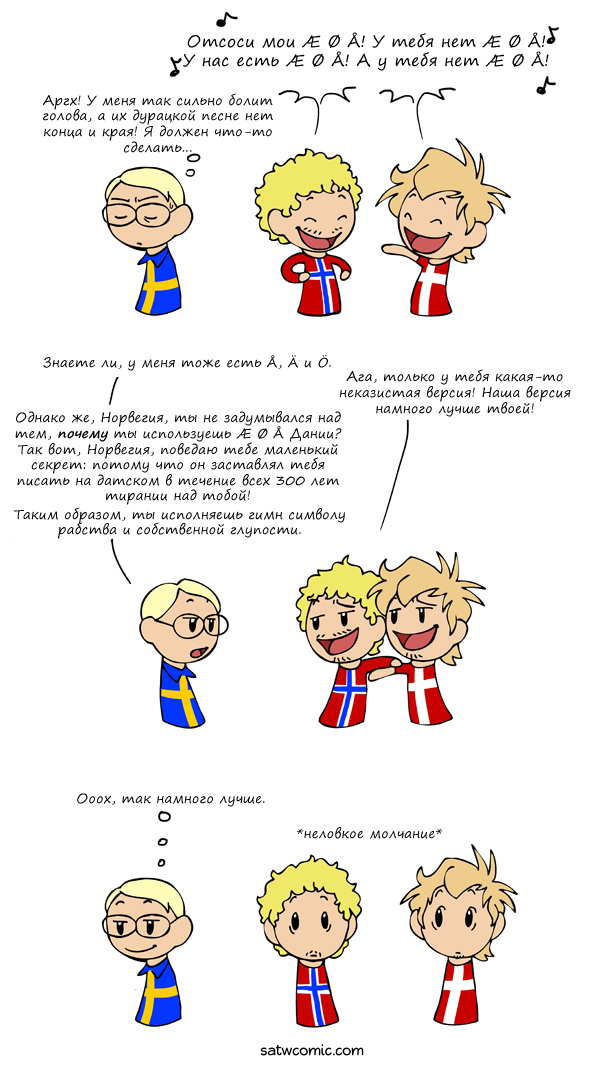
Size matters
Я не планировала столь рано опубликовывать комикс об этой песенке, но моя почта оказалась просто доверху забита письмами со ссылкой на песню «ÆØÅ (Size Matters)» (ÆØÅ («Количество имеет значение»)), так что я подумала и опубликовала этот комикс, чтобы люди знали — да, я слушала песню и видела клип.
(До того, как вы перейдёте по ссылке, вам следует знать, что эта песня не о том, у кого на планете Земля наибольшее количество букв в алфавите, а просто наглядно показывает, сколь норвежцам хочется доказать американцам превосходство над последними хоть в чём либо)
Ссылка на песню — http://www.youtube.com/watch?v=f488uJAQgmw
Denmark Norway Sweden
28th September 2012
9 years ago #9554573
4
0
But Iceland's is BIGGER! Because 3 cars aren't enough! Á, Ð, É, Í, Ó, Ú, Ý, Þ, Æ, Ö.
11 years ago #9389200
3
0
This reminds me of that time when i found a danish children's book at my grandmothers house and i was so confused because i thought that the ø letter was a o that had ben crossed over because the author regretted writing it
7 years ago #9811250
2
1
My fellow Americans, we have reason to believe Norway has weapons of mass destruction.
7 years ago #9783162
1
0
I thougt China had the biggest alphabet
My country has the letter Å tho: Å is from Åland
My country has the letter Å tho: Å is from Åland
8 years ago #9774668
1
0
I feel as if Denmark's a bit like Germany, in that he still remembers and is acutely embarrassed at his tyrannical past.
Add comment: Please Sign in or create an accout to comment.
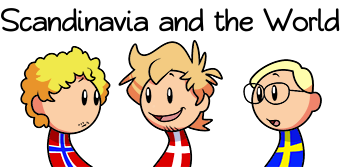

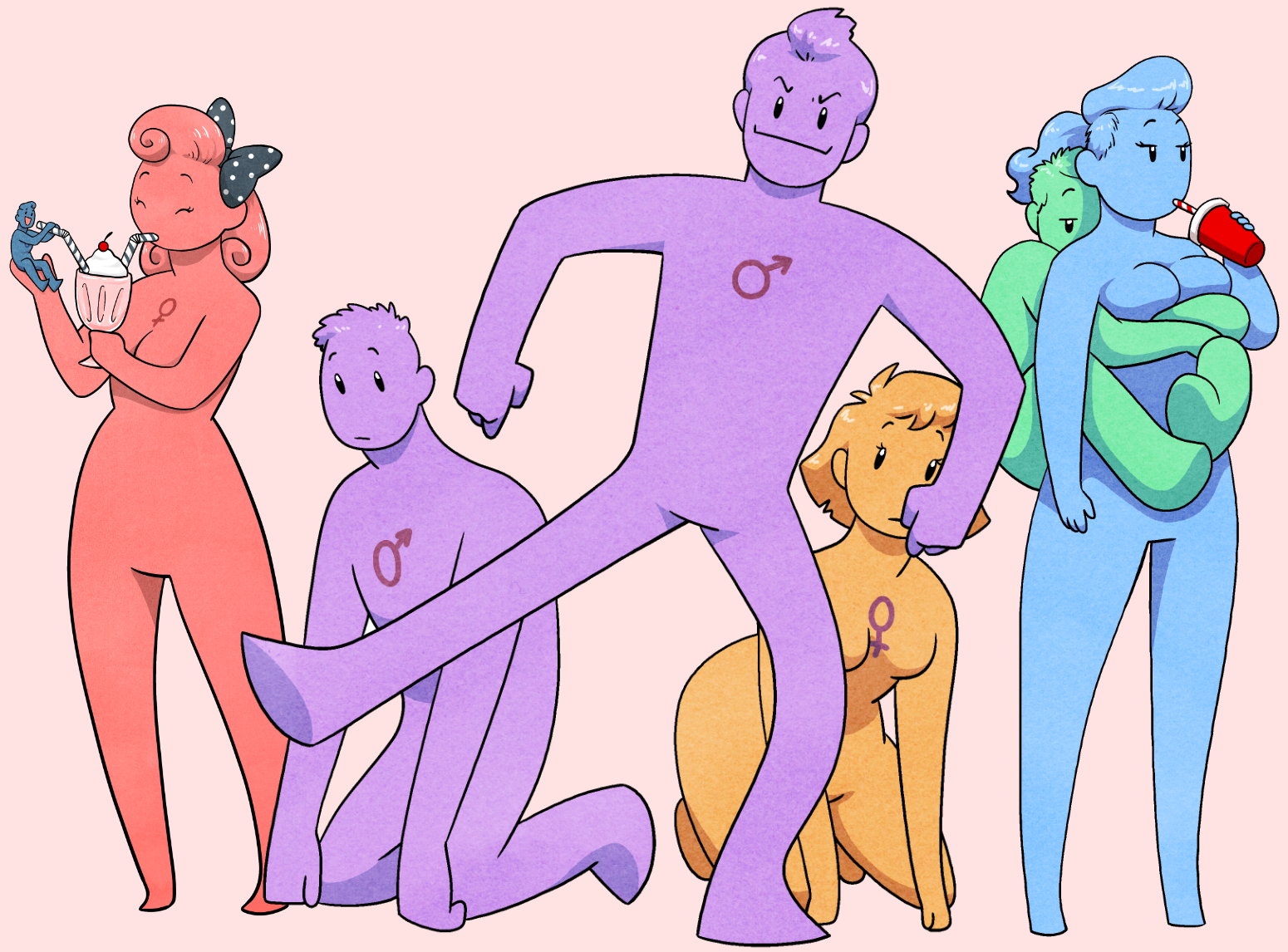
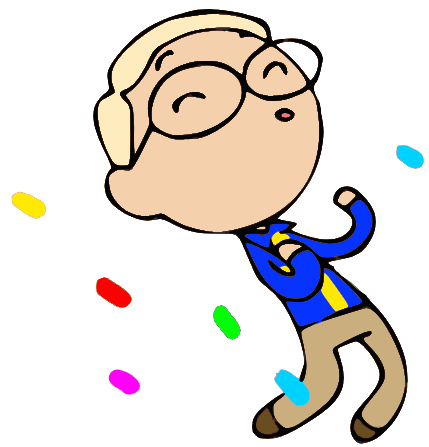 Support the comic on
Support the comic on 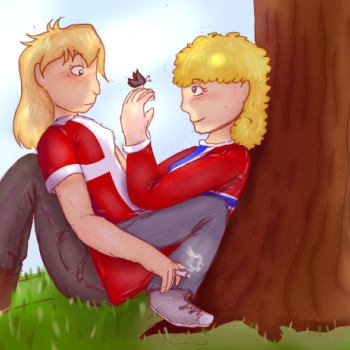
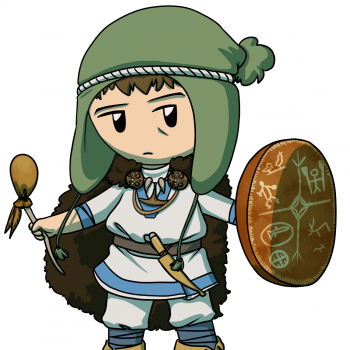

























42